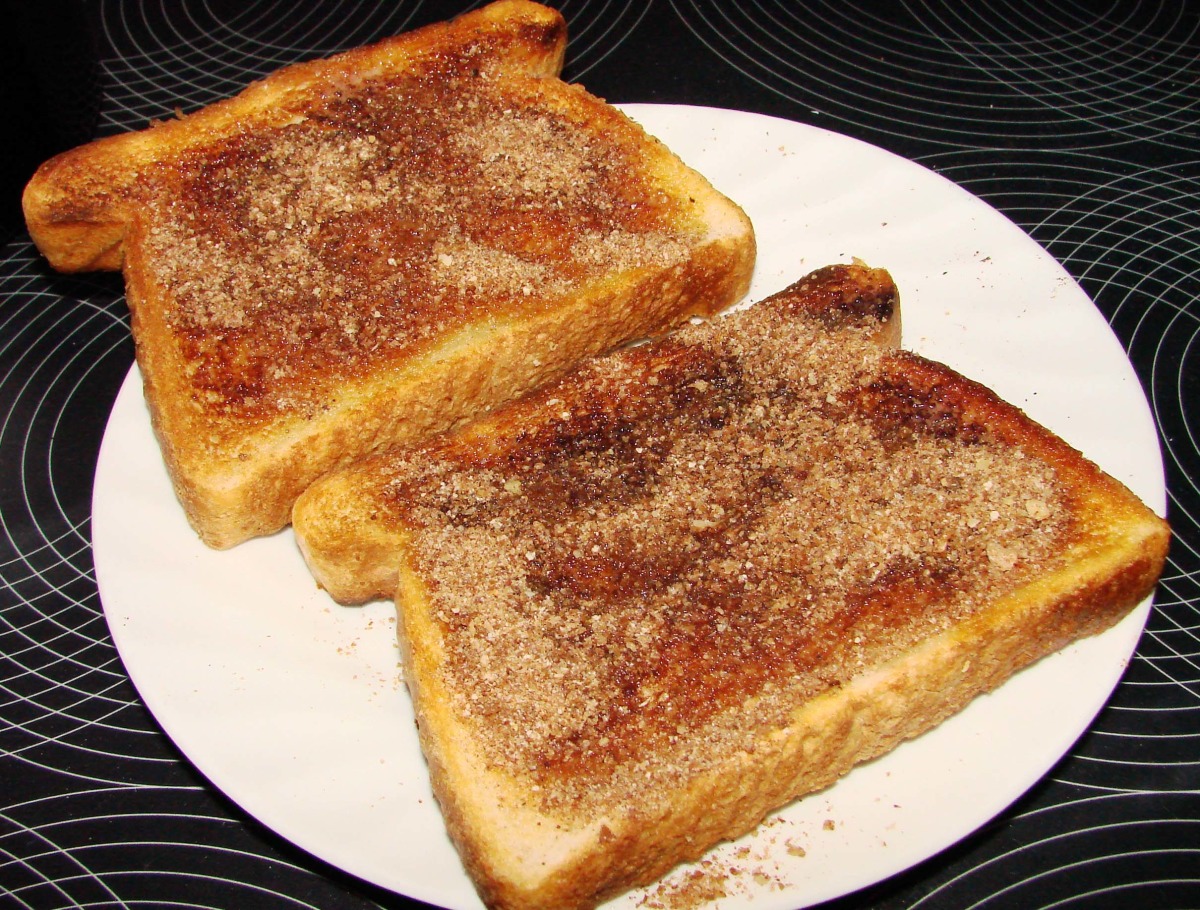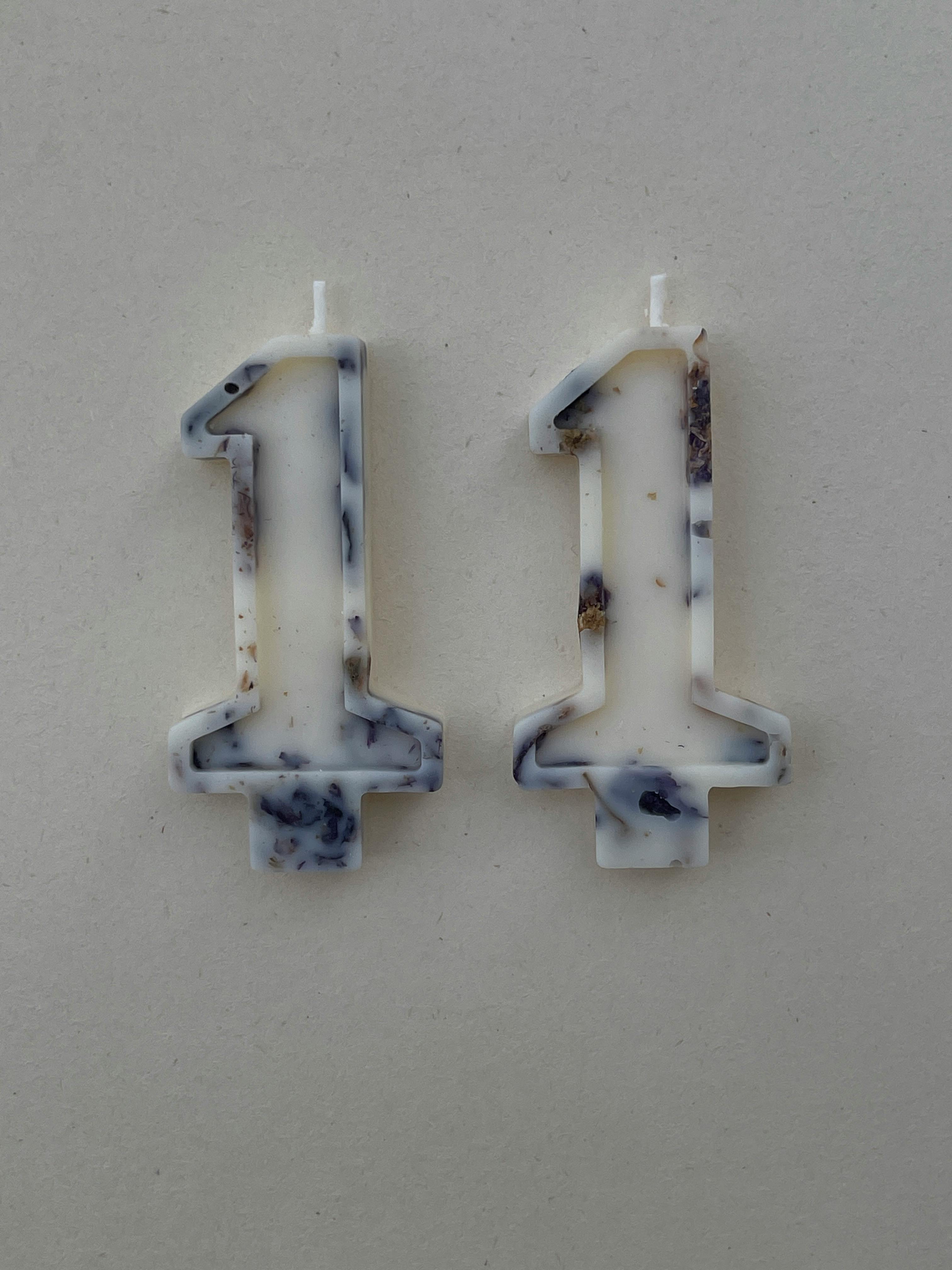Smart Ways to Get Shredded in 2025: Discover Proven Techniques!

How to Get Shredded: Effective Ways to Achieve Your Fitness Goals Fast!
The journey towards a shredded physique requires dedication, proper nutrition, and a well-structured workout plan. Whether you're aiming to decrease body fat, build muscle, or simply improve your overall health, understanding how to effectively get shredded is crucial. In this article, we'll explore effective strategies for shredding in 2025, covering everything from workouts and diets to fat loss tips and hydration strategies. Read on to discover how you can transform your body and achieve your fitness goals quickly!
Understanding the Basics of Shredding
Before diving into the specifics like workout plans for shredding or dietary adjustments, it is essential to have a solid understanding of the core concepts surrounding how to get shredded. At the heart of any shredding program is the concept of a caloric deficit. This means consuming fewer calories than your body burns daily, leading to fat loss. Combining a **high-intensity interval training (HIIT)** routine with **strength training for fat loss** optimizes this process, ensuring you build lean muscle while shedding excess fat.
Caloric Deficit Explained
A caloric deficit is fundamental for effective fat loss. It essentially means that your body needs to burn more calories than it ingests. To achieve this, it’s crucial to assess your daily caloric needs and then reduce your intake workout plan for shredding to create this deficit. One of the most effective fat loss tips is to track your macronutrients—carbohydrates, fats, and proteins—to monitor your food intake and adjust your diet accordingly. By focusing on a balanced diet with the right proportion of nutrients, you can enhance your energy levels while still promoting fat loss.
The Role of Nutrition for Shredding
Nutrition is the cornerstone of any shredding program. A **diet for shredded abs** should be rich in lean proteins, healthy fats, and low in refined sugars and processed foods. Foods like lean meats, fish, legumes, nuts, and whole grains not only provide the necessary nutrients but also keep you feeling full longer, helping in managing cravings. Furthermore, effective fat-burning foods such as green tea, chili peppers, and high-fiber vegetables can be beneficial in maximizing your fat loss while adhering to clean eating principles.
Importance of Rest in Shredding
Rest may seem counterintuitive to shedding fat and building muscle, but it's equally essential to your success. During rest periods, your muscles recover and grow, making **workout recovery tips** vital for longevity and improving your shredding journey. Additionally, ensuring adequate sleep helps regulate hormones related to appetite and stress, which can dramatically impact your stamina and weight loss progression. Aim for 7-9 hours of quality sleep each night to maximize your recovery and maintain energy levels.
Creating a Shredded Body Workout Routine
A strong workout plan is integral when learning how to get shredded. Incorporating both cardio and strength training into your **shredded body workout routine** will engage multiple muscle groups and expedite fat loss. Aim to balance your workouts across the week to keep your body challenged and engaged.
High-Intensity Interval Training
**High-intensity interval training** (HIIT) is one of the most effective workouts for fat loss. By alternating between periods of intense activity and short rests, you can boost your metabolism and burn more calories in a shorter period. For instance, you might sprint for 30 seconds followed by 1 minute of walking, repeating this cycle for 20-30 minutes. Incorporating HIIT into your **fitness goals for shredding** can foster a rapid reduction in body fat while preserving your muscle mass.
Strength Training for Fat Loss
Alongside cardio, **strength training** is crucial for achieving that toned look. Not only does weight lifting burn calories during the workout, but it also leads to increased muscle mass when done consistently. This higher muscle mass translates to a boosted metabolism, enabling your body to burn more calories at rest. Creating a workout plan that includes compound movements like squats, deadlifts, and bench presses can significantly aid in achieving your shredded goals faster.
Tracking Macros for Fat Loss
To effectively fuel your workout routine, tracking macros is essential. Balancing your macronutrients tailored to your body type and **fitness journey** plays a pivotal role in achieving shredding success. Generally, a higher protein intake fosters muscle growth and recovery, while reducing unnecessary carbs and fats supports caloric management. Many fitness apps for tracking can provide insights into the foods you consume, helping to maintain accountability and dietary discipline.
Effective Dieting Strategies for Fat Loss
Maximizing fat loss while still feeling satisfied can be a challenge, but implementing strategic **meal prep for shredded physique** can help. Preparing your meals in advance allows you to control portions and ensures you have healthy snacks ready to fight cravings.
Meal Timing Strategies
Another key aspect to consider is meal timing. **Prepping for a shred** might include adjusting when you eat your meals to optimize fat loss and muscle repair. Eating carbohydrates before a workout can serve as fuel, while having protein-rich food afterward aids recovery. Understanding how your body performs with different eating schedules can significantly impact your success in achieving a shredded body.
Hydration for Fat Loss
Staying adequately hydrated is often overlooked but is incredibly important for optimum body function, especially during shredding. Proper hydration affects metabolic rates and energy levels during workouts. Aim for at least 3-4 liters per day, and consider incorporating hydrating foods into your diet, such as watermelons and cucumbers, to enhance your overall water intake.
Understanding Weight Loss Plateaus
Even the most dedicated athletes can experience weight loss plateaus; understanding this phenomenon is crucial to sustaining momentum. When you hit a plateau, it often signals the need to adjust your **workout frequency for fat loss** or re-evaluate your nutrition strategy. Implementing strategies like **intermittent fasting for shredding** or changing workout routines can break through these stalls and reignite progress.
Maintaining Motivation Throughout Your Shredding Journey
Maintaining motivation is vital throughout your fitness journey. As you work toward your goals, it's easy to feel demotivated at times. Having a solid support system can make a difference, whether it’s friends, family, or personal trainer advice guiding you through challenging phases.
Workout Motivation Tips
To stay motivated, set incremental goals that are achievable. Celebrate small victories and track your progress in a journal or an app. Surround yourself with positive influences, and consider joining community support for shredding where you can share experiences and strategies. Setting up regular fitness challenges with friends can also foster a competitive spirit that encourages consistency.
Importance of Sleep and Stress Management
Prioritizing sleep and managing stress is instrumental in staying committed to your fitness goals. High-stress levels can lead to increased cravings and emotional eating, potentially ruining months of effort. Implementing relaxation techniques, such as yoga or meditation, can significantly relieve stress and promote deeper, more restful sleep, thus positively impacting your shredding process.
Overcome Food Cravings with Mindful Practices
Learning to manage your cravings can have a notorious impact on your diet for a shredded body. Practice mindful eating by being aware of what you eat and taking the time to enjoy your meals. When cravings hit, consider healthier snacks like homemade protein bars or fruit-based desserts. Understanding the reasons behind cravings often helps in pushing past them effectively.
Key Takeaways
- Achieving a shredded physique involves a balanced approach of a caloric deficit, nutritious eating, and effective workouts.
- Incorporate both cardio and strength training in your routine for optimal fat loss and muscle building.
- Track your macros and understand your nutritional needs to maximize efforts.
- Stay hydrated and prioritize rest for improved mental and physical health.
- Utilize community support and motivational techniques to remain committed and overcome potential setbacks.
FAQ
1. What are the best supplements for shredding?
When focusing on shredding, essential supplements include whey protein, branched-chain amino acids (BCAAs), and omega-3 fatty acids. These can assist in muscle recovery and fat loss. Before starting any supplement, it’s advisable to consult with a healthcare professional.
2. Can intermittent fasting help with shredding?
Yes, intermittent fasting can be a powerful tool for shredding. It encourages a state where your body utilizes fat stores for energy, creating a caloric deficit. Planning your eating window effectively can optimize this method for weight loss and muscle definition.
3. How often should I work out for fat loss?
For optimal fat loss, aim for at least 4-5 workouts per week, mixing both cardiovascular and strength-training sessions. Adjust based on personal goals and recovery needs to sustain motivation and prevent burnout.
4. What is the impact of sugar on fat loss?
Excess sugar can thwart weight loss efforts by contributing to fat storage, particularly around the abdomen. It also has the potential to lead to cravings for more sugary foods, making it essential to limit added sugars in your diet.
5. Are bodyweight workouts effective for shredding?
Absolutely! Bodyweight workouts can be incredibly effective for shredding, particularly when focusing on high-intensity circuits. They can help raise your heart rate and promote fat burning without the need for gym equipment, making them versatile for any fitness level.
6. How can I adapt my workouts for shredding?
To adapt your workouts for shredding, incorporate more high-intensity intervals, increase the frequency of resistance sessions, and change up your routine frequently to prevent plateaus. Consider seeking a personal trainer for tailored advice if needed.
7. What are the effects of managing stress on weight loss?
Managing stress can have a significant impact on weight loss, as high stress often increases cortisol levels, which can lead to weight gain, especially around the abdomen. Incorporating stress-reduction techniques like mindfulness and yoga can positively influence your shredding journey.

